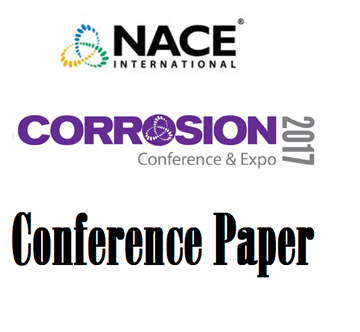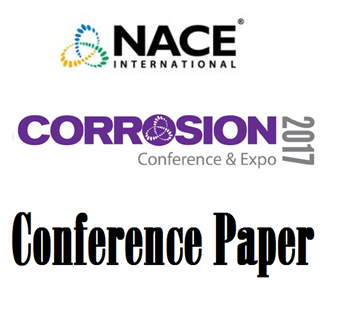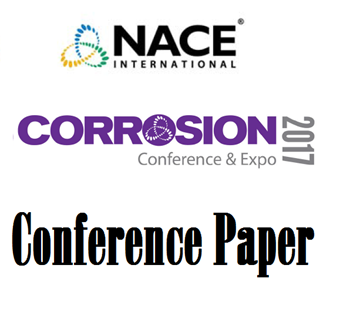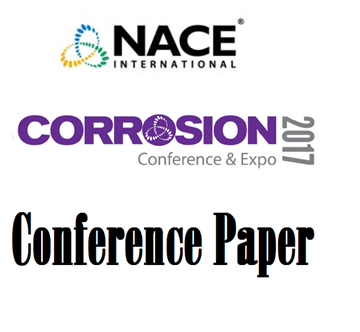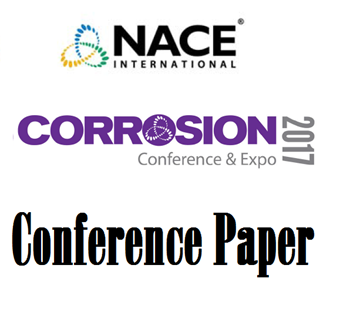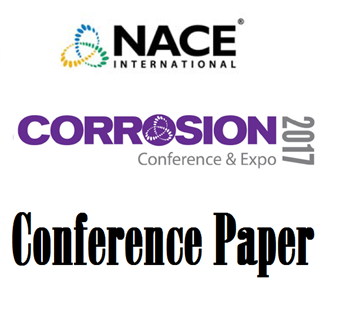Search
Products tagged with '2017 Conference Papers'
View as
Sort by
Display
per page
Assessment of Anticorrosion/Antifouling Performances of a Novel Hybrid Epoxy-Siliconized Coating
Product Number:
51317--8906-SG
ISBN:
8906 2017 CP
Publication Date:
2017
$20.00
Assessment of Effects of Cavities and Narrow Channels on CP Design in the Marine Environment
Product Number:
51317--9275-SG
ISBN:
9275 2017 CP
Publication Date:
2017
$20.00
Assessment of Microbially Influenced Corrosion Threats Using Molecular Microbiological Method
Product Number:
51317--9384-SG
ISBN:
9384 2017 CP
Publication Date:
2017
$20.00
Assessment of the Operating Window of 13Cr- 1Mo 110 ksi Well Tubulars in a Mild Sour Gas Environment
Product Number:
51317--9242-SG
ISBN:
9242 2017 CP
Publication Date:
2017
$20.00
Atmospheric Corrosion in the Laboratory and the Role of Mass Loss Coupons in Test Monitoring
Product Number:
51317--9125-SG
ISBN:
9125 2017 CP
Publication Date:
2017
$20.00
Atmospheric Corrosion Resistance of Duplex Stainless Steels
Product Number:
51317--8880-SG
ISBN:
8880 2017 CP
Publication Date:
2017
$20.00
Atmospheric Corrosion Resistance of Stainless Steel in Middle East: Result of Field Exposure Program
Product Number:
51317--8964-SG
ISBN:
8964 2017 CP
Publication Date:
2017
$20.00
Atmospheric Stress Corrosion Crack Growth Rate Analyses of Austenitic Stainless Steel
Product Number:
51317--9408-SG
ISBN:
9408 2017 CP
Publication Date:
2017
$20.00
Balancing Act: Principles of Design and Formulation for Waterborne Acrylic DTM Coatings
Product Number:
51217-077-SG
Publication Date:
2017
$20.00
Bedeviled Bridges: An Answer to a National Scandal
Product Number:
51217-062-SG
Publication Date:
2017
$20.00
Biodegradable Method of Corrosion Management for All Industries
Product Number:
51317--9136-SG
ISBN:
9136 2017 CP
Publication Date:
2017
$20.00
Black Powder Formation by Dewing and Hygroscopic Corrosion Processes
Product Number:
51317--9029-SG
ISBN:
9029 2017 CP
Publication Date:
2017
$20.00


